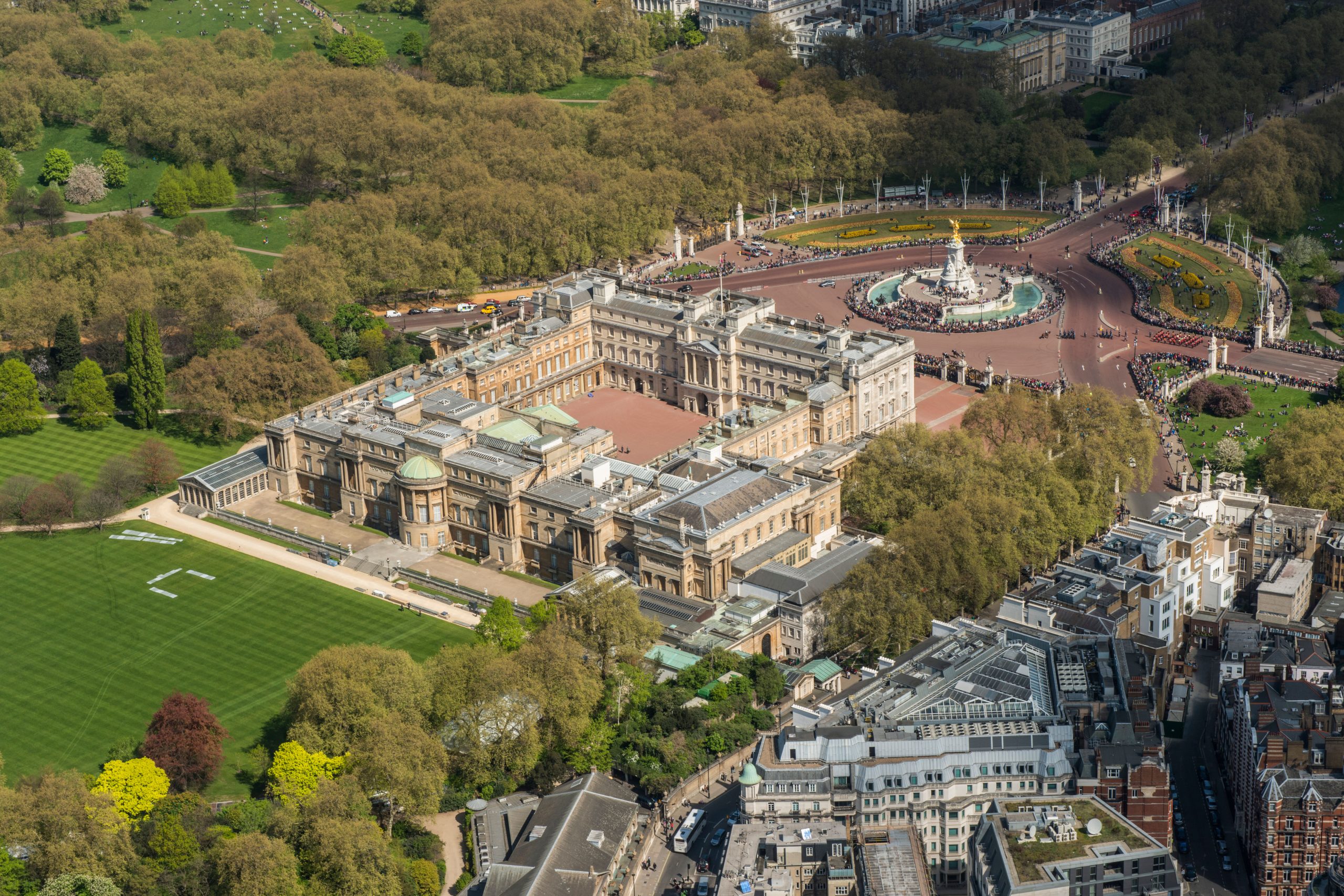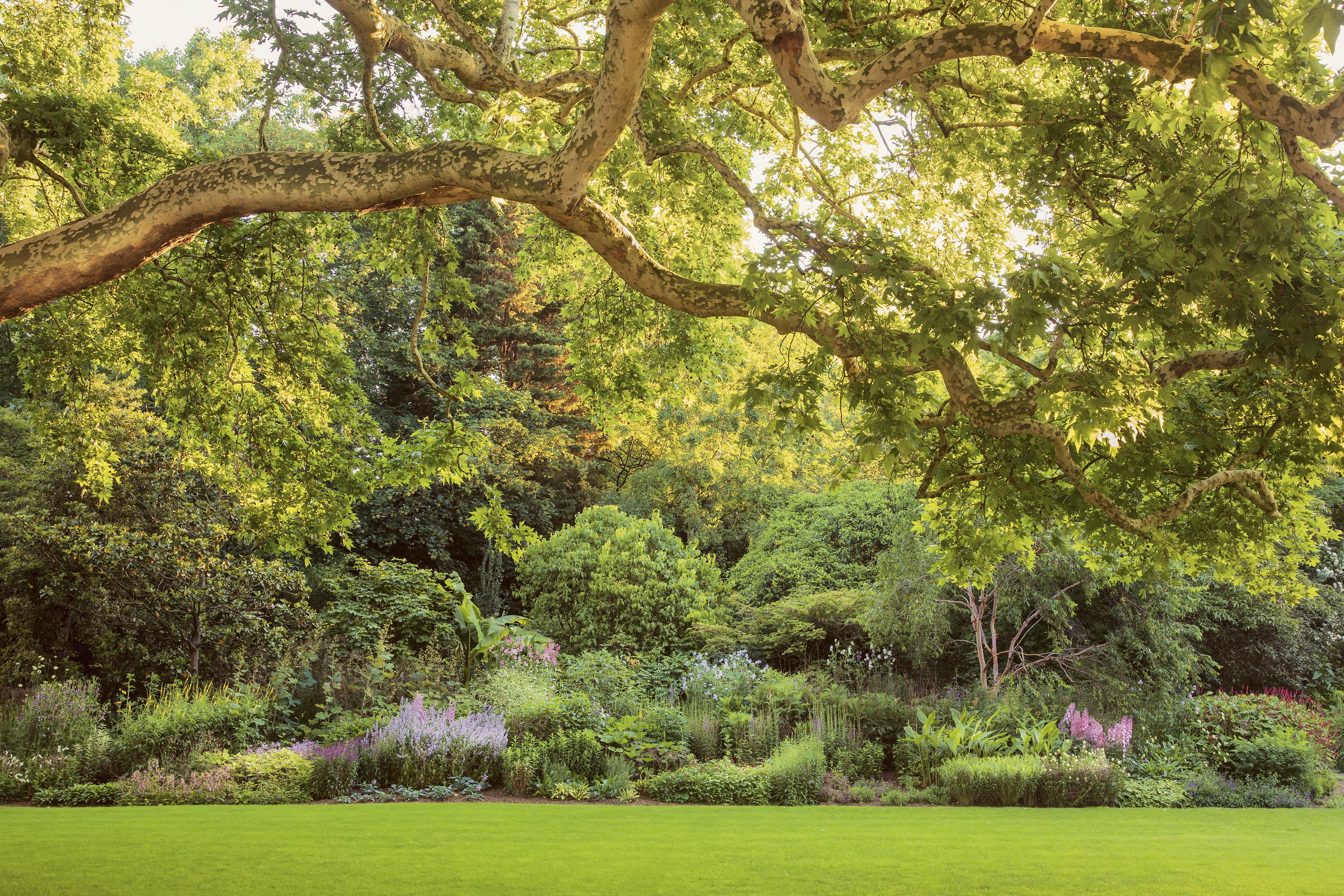Why it’s time for the Royal Family to turn Buckingham Palace Gardens into a public park
If the gardens of Buckingham Palace were opened to the public, it would transform the frenetic centre of London, says Simon Jenkins.


At last, a new London park. James I gave us Hyde Park. Charles II gave St James’s. George III opened Kensington Gardens. Queen Mary left a Rose Garden in Regent’s Park. England’s monarchs have taken their time handing over London’s medieval hunting grounds to its citizens. Now the last of these is on offer.
The Prince of Wales has let it be known that he would agree to open the 40 acres of Buckingham Palace gardens — which, technically, belong to the state — to the public on becoming King. It remains to be seen what this means. The gardens are already open with the palace during summer months. But to allow a ‘right to roam’ over these glorious acres would be as fine a crowning gift as could be imagined.
The gardens themselves date from those of old Goring House, acquired by James I for an eccentric royal enterprise, a mulberry grove for silkworms. The project failed, although the palace gardens retain some 29 species of mulberry, constituting the official National Collection of these trees.
What later became Buckingham House was bought by George III in 1762, with gardens initially planned by Capability Brown. They played host to an elephant and a zebra, among other exotic species. When Nash prepared his new palace for the Prince Regent in the 1820s, he had William Townsend Aiton lay out the present grounds in Brown’s style, including the spectacular serpentine lake.

Since then, the grounds have evolved into a wide lawn, surrounded by semi-formal ornamental gardens, with rose garden and wild- flower meadow. Their under-use in the 20th century has undeniably rendered them special: they were famously visited in 1956 by a lucky group of botanists, who were amazed to find 1,000 trees, kingfishers, pipistrelle bats, the rarest of lichens and 287 types of beetle.
Centuries of ceremonial tree planting has amassed planes, limes, chestnuts, catalpas, ashes and 45 species of oak, including ones grown from seed on the birth of each of the present Queen’s children. The lake offers an exquisitely rustic view through trees to Nash’s south front. Only the old rule against tall buildings intruding on the gardens’ visual serenity has been broken, thanks to Westminster council’s philistine addiction to towers.
The palace grounds remain little used, other than for exercising corgis when The Queen is (rarely) in residence, plus garden parties and a jogging prime minister seeking privacy. He has the loveliest private gym on earth. There has never been a reason to keep the grounds closed when the monarch is not in residence, other than that god of exclusivity, security.
Exquisite houses, the beauty of Nature, and how to get the most from your life, straight to your inbox.
In 2017, it was reported that Prince Charles as King would probably live on in Clarence House, for the simple reason that, like his mother and grandmother, he much prefers it to a flat in Buckingham Palace. The palace would be used for official functions and as a museum of royalty. That is not confirmed.
"The Prince of Wales has the opportunity to become a second Prince Regent, reviving the greenest and most exciting urban landscape in Europe"
Twenty years ago, the architect Sir Terry Farrell published proposals to reconfigure the entire palace estate. He regarded private parks as for the suburbs. In crowded cities, they should be public spaces or, at the least, not a walled-off park hidden behind the tedious 20th-century façade of the present palace.
Sir Terry offered a refashioned Mall boulevard of tourist cafes culminating in a spacious courtyard. He removed the palace railings and inserted four Renaissance arches into the Aston Webb façade, giving a view into the quadrangle beyond. The railings would then replace the unsightly mile of brick walling that cuts off the palace gardens visually from Green Park and Grosvenor Place.
The gardens would be gated and become part of a dramatic urban park, from Horse Guards Parade to Kensington Palace. It would transform the feel of central Westminster, now so dominated by walls and the claustrophobic swirl of traffic between Victoria and Hyde Park Corner. The gardens would be open, except when needed for state functions, as other royal parks are closed for commercial lettings.
Indeed, we might accept that the exclusivity of the ‘royal quarter’ of St James’s has become an outdated and curiously frigid corner of London. There is no reason to keep inaccessible what could be a charming sequence of gardens, extending from Marlborough House past St James’s Palace and Lancaster House to Buckingham Palace. If cabinet government can be conducted from four Georgian houses off Whitehall, a 21st-century monarch cannot need three palaces in central London.
The Prince of Wales has begun an overdue discussion. He has opened a Pandora’s Box of possibilities for this part of the capital. He has the opportunity to become a second Prince Regent, reviving the greenest and most exciting urban landscape in Europe.

Buckingham Palace: 'There is not a historical capital in Europe which cannot show a more imposing Royal palace'
A trip through the archives unearths a real treasure in the form of a 1931 book about Buckingham Palace which

How my Buckingham Palace garden party invitation turned sour
Is harsh, stentorian language always unacceptable – no matter who it comes from?

New tickets available for opening of Queen's private gardens at Buckingham Palace
Simon Jenkins is a journalist and author who began his career at Country Life before going on to serve as the political editor of The Economist and editor of The Times.
